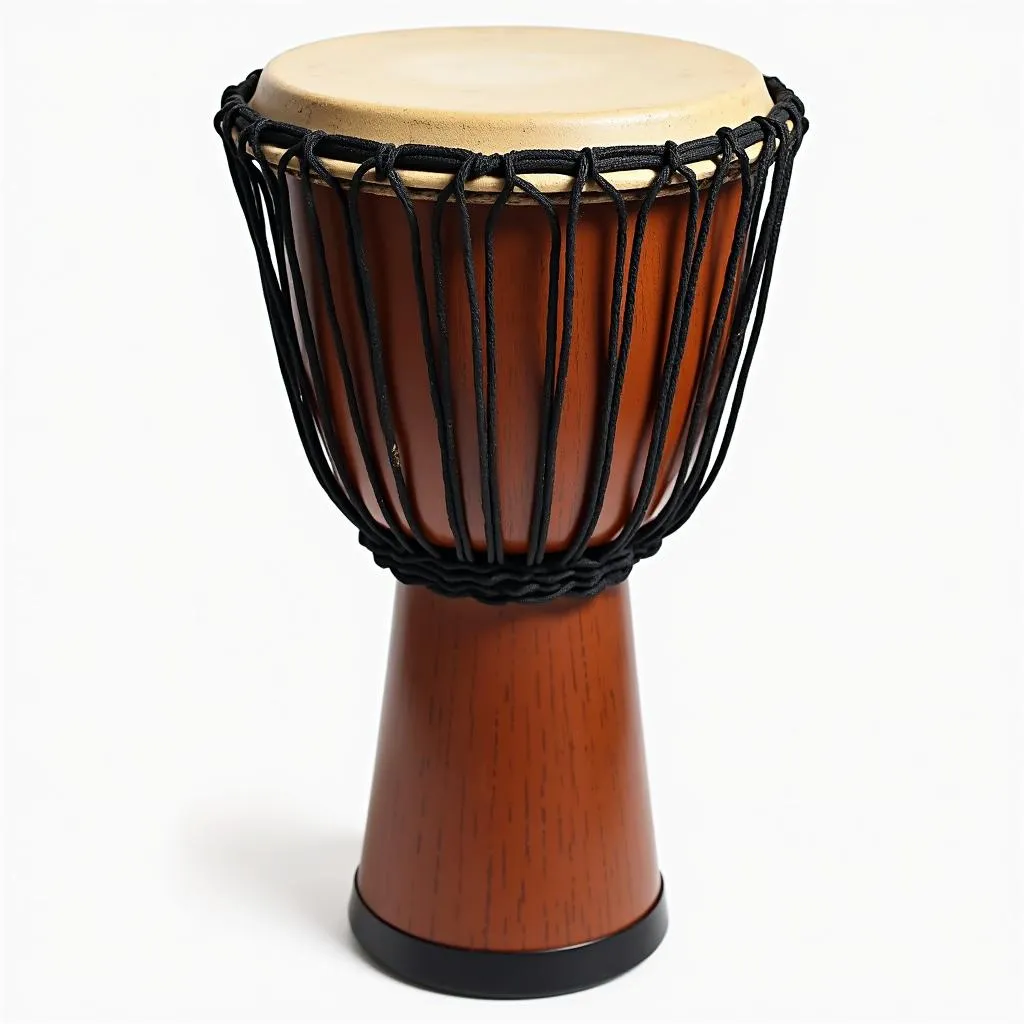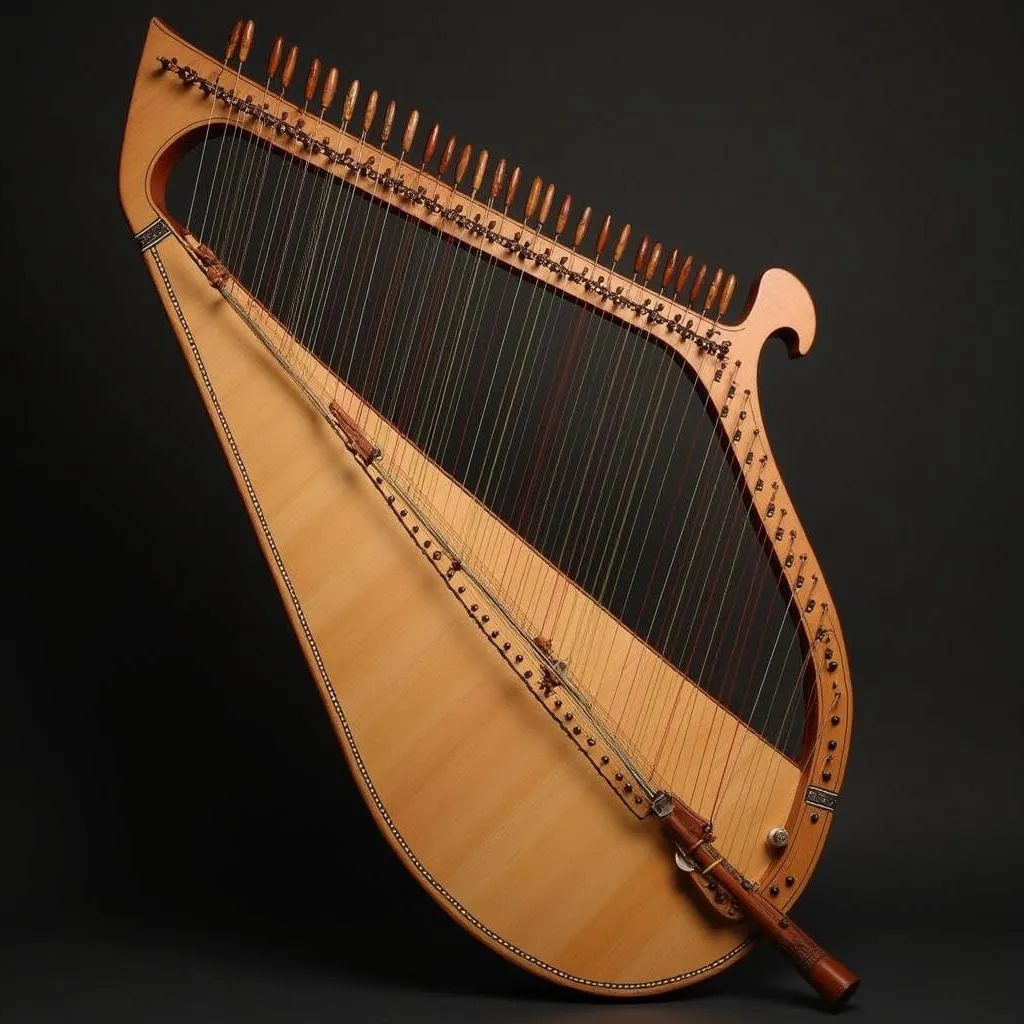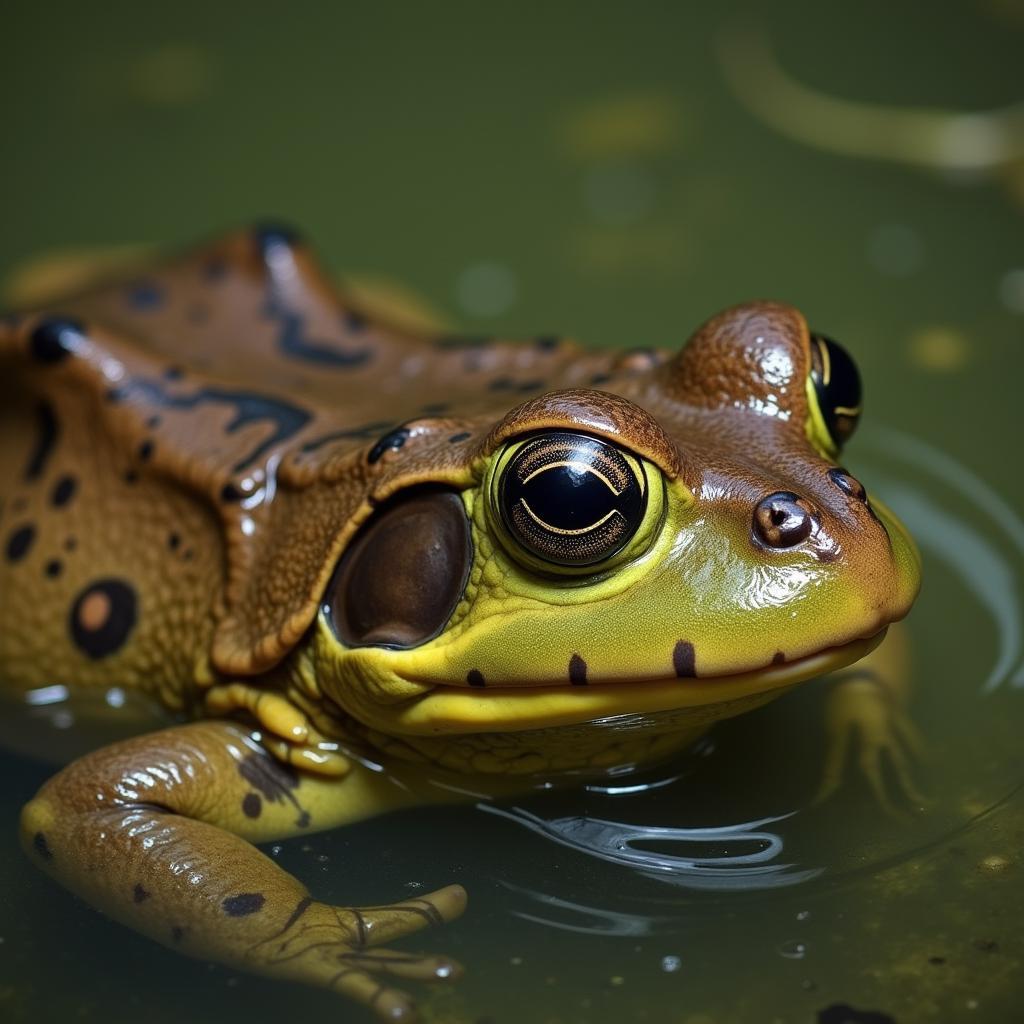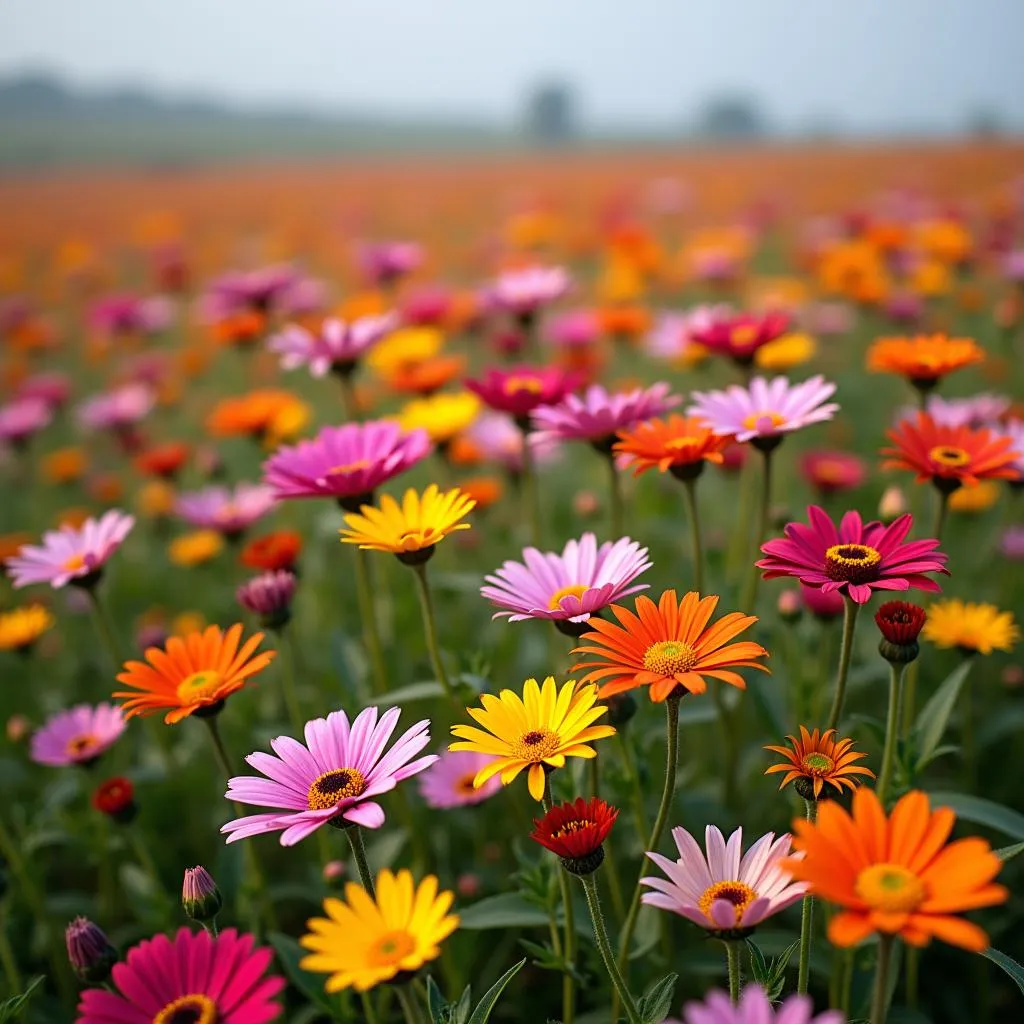The Rhythms of Africa: Exploring the World of African Instruments
Africa is a continent brimming with vibrant cultures, each with a rich musical heritage. At the heart of this heritage lie the fascinating instruments that have accompanied the lives and stories of its people for centuries. From the melodic sounds of the kora to the powerful beat of the djembe, African Instruments are a testament to the continent’s creativity and cultural diversity. Join us as we embark on a journey to explore the captivating world of African instruments, understanding their history, construction, and the role they play in African societies.
A Journey Through Time: The History of African Instruments
The history of African instruments is as diverse as the continent itself. Archaeological evidence suggests that instruments like drums, flutes, and xylophones have been present in Africa for thousands of years. The development of these instruments was influenced by various factors, including geographic location, cultural traditions, and interactions with other civilizations.
The earliest instruments were often simple, made from readily available materials like wood, animal skins, and gourds. These instruments served practical purposes, signaling warnings, celebrating harvests, and conveying stories.
The Rich Tapestry of African Instruments: A Categorical Overview
African instruments are classified into several categories based on their construction and sound production methods. Here are some of the most prominent:
Percussion Instruments:
- Drums: Drums are ubiquitous in African music and play a central role in rituals, celebrations, and storytelling. Some notable drum types include the djembe, talking drum, ngoma, and timbales.
- Shakers and Rattles: Instruments like maracas, shekere, and slit drums produce rhythmic sounds through shaking or striking.
String Instruments:
- Kora: This 21-stringed harp-like instrument is popular in West Africa, particularly in Gambia and Senegal.
- Ngombi: A type of thumb piano found in Central Africa, the ngombi produces a unique and melodic sound.
- Lyre: Some traditional African cultures feature lyres, such as the krar in Ethiopia and the endongo in Uganda.
Wind Instruments:
- Flutes: Flutes made from wood, bamboo, and other materials are found throughout Africa. Examples include the xwela of South Africa and the pito of East Africa.
- Trumpets and Horns: Brass instruments like the trumpet and horn are used in both traditional and modern African music.
Idiophones:
- Xylophones: These instruments consist of wooden bars arranged in a graduated scale, producing a distinct melodic sound when struck with mallets.
- Kalimba: The kalimba, also known as the thumb piano, is a small instrument with metal tines that are plucked with the thumbs.
The Soulful Sounds of African Instruments: Their Role in Society
African instruments are not simply musical tools; they are an integral part of African culture and society. They play a vital role in:
- Religious and Ritual Practices: Many instruments have sacred significance, used in rituals and ceremonies to connect with the spiritual world.
- Social Gatherings and Celebrations: Music and dance featuring traditional instruments are central to African festivals, weddings, and other social events.
- Storytelling and Oral Tradition: Instruments serve as powerful tools for conveying stories, historical events, and cultural knowledge.
“The sound of an African instrument is a language that transcends words. It speaks to the heart of the people, carrying with it their history, traditions, and hopes.” – Amani Kendi, Master Kora Player from Senegal.
The Enduring Legacy of African Instruments
African instruments continue to captivate audiences worldwide, inspiring musicians and artists across various genres. Their unique sounds and cultural significance have left an indelible mark on music history. The influence of African instruments can be seen in various musical styles, from blues and jazz to modern pop music.
The future of African instruments is bright, with a new generation of musicians embracing their heritage and reimagining their use in contemporary music. These instruments stand as a powerful testament to the creativity and cultural richness of the African continent, a legacy that will continue to inspire and enchant for generations to come.
Frequently Asked Questions (FAQs)
1. What are some of the most popular African instruments?
Some of the most popular African instruments include the djembe, kora, ngombi, kalimba, and xylophone.
2. What makes African instruments unique?
African instruments are unique because of their diverse range of materials, construction techniques, and sounds. They are often closely tied to specific cultures and traditions, making them integral to African heritage.
3. How are African instruments used in modern music?
African instruments are increasingly being used in modern music, influencing genres such as world music, jazz, and pop. Contemporary artists are incorporating their unique sounds and rhythms into their compositions.
4. Where can I learn more about African instruments?
You can learn more about African instruments by visiting museums, attending cultural events, researching online, or taking music lessons.
5. How can I support African musicians?
You can support African musicians by attending their concerts, purchasing their music, and sharing their work with others.
 African Djembe Drum
African Djembe Drum
 African Kora
African Kora
Let the Music Move You!
As you explore the world of African instruments, remember that these instruments are more than just musical tools; they are carriers of culture, history, and emotion. Let their unique sounds and rhythms transport you to the vibrant heart of Africa.


